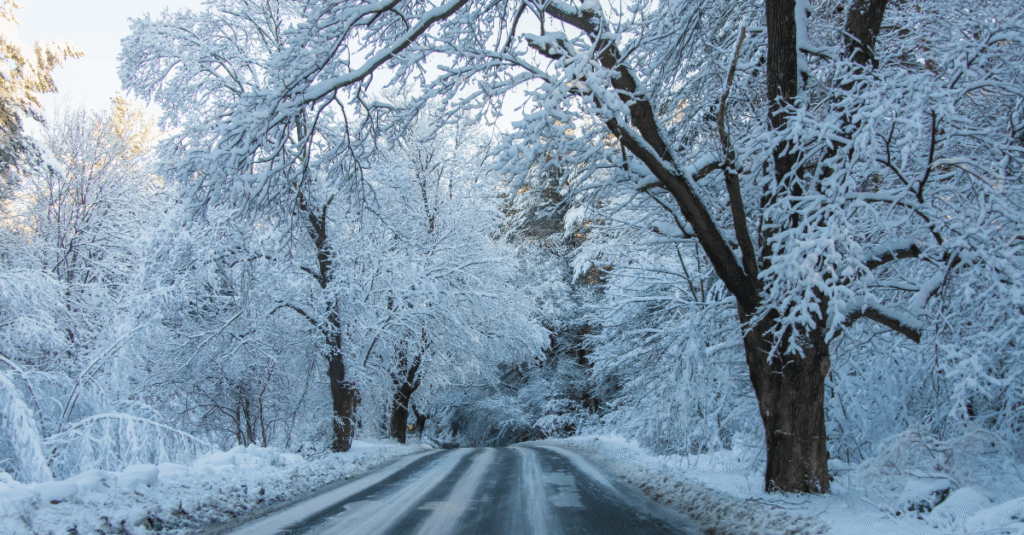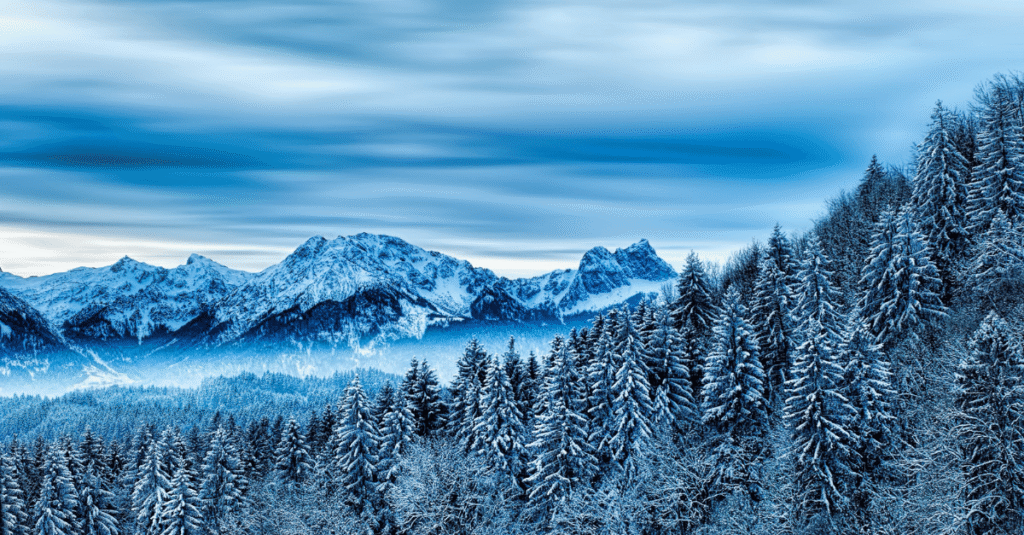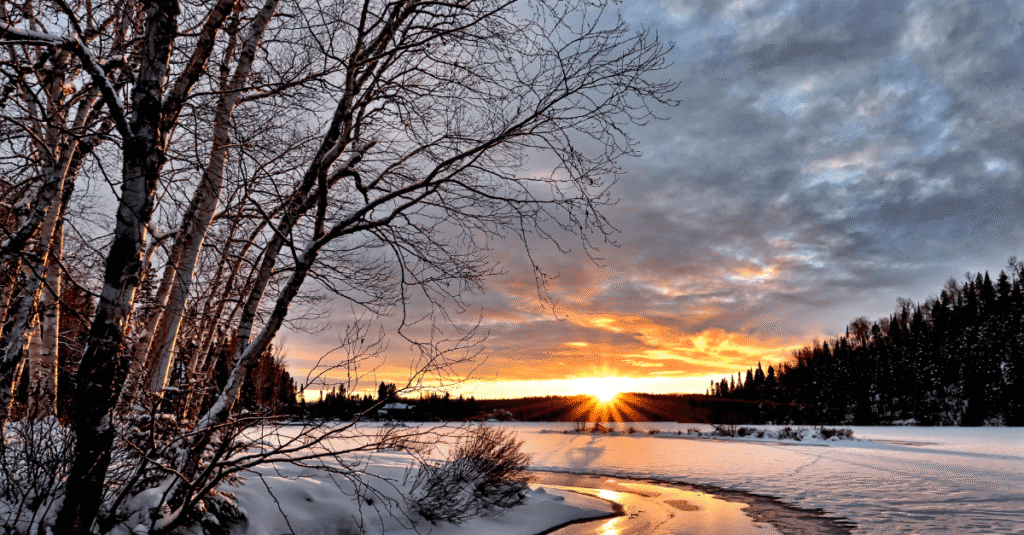Winter! It is a season that brings a new dimension to our lives. Crisp white snow, cozy fireplaces, and sipping hot coffee. These images of winter bring a sense of peace to our minds. But the arrival of winter brings more than just joy. It also brings challenges. Winter forecasts are especially important for farmers, fishermen, and those who depend on nature.
Millions of Americans eagerly await the Farmers Almanac winter forecast every year. This traditional almanac has been predicting the weather using its methods for centuries. Are its projections accurate? What does science say? And what might the coming winter be like? In this article, we will find answers to all these questions.
What is the Farmers Almanac, and why is it important to Americans?

The Farmers Almanac is an old and popular American almanac that has been published since 1818. It not only provides weather forecasts but also contains information on astronomy, cooking, gardening, and various folk tales. The most interesting aspect of the Almanac is its weather forecasts. Which it creates using a secret mathematical and astronomical formula. This formula is known only to one person and is kept very secret.
The importance of the Almanac is that it is mixed with tradition and folk beliefs. In addition to modern scientific weather forecasts, many people rely on the Almanac forecasts. It is especially an important tool for the American farming community. Knowing what the winter will be like, they can sow their crops, take care of their animals, and make other preparations. The Farmers Almanac has become an important part of the daily life of the American people.
The Farmers Almanac Forecasting Method: Tradition vs. Science
The Farmers Almanac forecasting method is completely different from modern science. While modern weather scientists use satellites, radar, and computer models to make short-term forecasts, the Almanac method is long-term.
- Secret formula: The Almanac forecast is based on a secret formula. Which includes the effects of the sun, moon, planets, and tides. The main idea of this method is that cosmic forces influence the weather on Earth.
- Scientific criticism: Modern scientists often question the Almanac method. According to them, weather is a complex process that does not depend only on cosmic movements. Environmental pressure, sea temperature, and wind currents are equally important.
Forecast of the coming winter: What is nature hinting at?

The Farmers Almanac usually publishes its forecast for the coming fall and winter.
Possible Forecast Aspects:
- El Niño and La Niña: El Niño and La Niña have a major impact on weather around the world. Suppose either is in a strong position during the upcoming winter. In that case, it will affect the weather in different world regions.
- Regional Forecasts: The Farmers Almanac divides its forecast into different regions. Here is an outline of a possible forecast:
- Northeast Region: This region is likely to have severe winters and heavy snowfall. People here may want to pack heavy winter clothing and stay warm.
- Southeast Region: This region usually has mild winters, but this time there may be severe cold in the forecast.
- Midwest Region: This region is likely to have cold and snow. People here may want to take special precautions.
- West Region: This region usually has warm and dry weather, but there may be heavy rain and flooding this time.
Preparing Americans: A Message of Winter’s Arrival

Americans rely on the Farmers Almanac forecast to prepare for winter.
- Farming Community: If severe cold and snow are forecast, farmers take steps to protect their crops. Such as harvesting early, using greenhouses, and building appropriate shelters for animals.
- City dwellers: Cities need to prepare for severe winters. For example, keeping homes warm, putting winter tires on cars, and stocking up on emergency supplies (food, water, medicine).
- Tourism Industry: Winter forecasts are important for ski resorts and other winter destinations. They can plan their activities accordingly if there is a chance of snow.
Frequently Asked Questions (FAQ) About Farmers Almanac Winter Forecast
Here are some common questions and answers that people may have about this topic.
- Are Farmers Almanac forecasts always accurate?
Answer: No. No weather forecast can be 100% accurate. The Almanac claims its forecasts are 80% correct. But scientific reviews have shown that this rate can vary.
- Why do people trust the Almanac?
Answer: It is a tradition that has been passed down for generations. Many people believe that there are some long-term patterns in nature that modern science cannot capture.
- What is the difference between the Almanac and the National Weather Service?
Answer: The National Weather Service provides short-term, highly accurate forecasts using scientific data and models. On the other hand, the Almanac uses traditional, confidential formulas to provide long-term forecasts.
- When will the upcoming winter forecast be published?
Answer: Typically, the new edition of the Almanac is published in late August or early September. Which includes a forecast for the upcoming winter.
- What regions are Almanac forecasts applicable to?
Answer: Almanac provides forecasts primarily for North America (the United States and Canada) and Europe. Its estimates for other regions are less specific.
Conclusion: A Blend of Tradition and Modernity
The Farmers Almanac winter forecast is a matter of expectation. It is not just a weather forecast but a reflection of man’s relationship with nature. This combination of modern science and traditional methods teaches us that every message from nature is important.
Although the Almanac forecast has not yet been released, we have discussed the possible scenarios and their significance in this article. Whenever the forecast is released, we will update this article with new information. Until then, let us try to understand nature’s signs and be prepared for the coming winter.

Hi, I’m M Saif, a digital marketer with a strong focus on SEO and content writing. I help businesses improve their online visibility, drive organic traffic, and create engaging content that converts. With a results-driven approach, I work on strategies that not only boost rankings but also deliver real value to audiences.












Leave a Reply